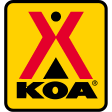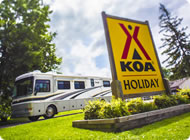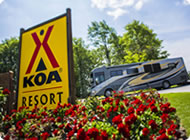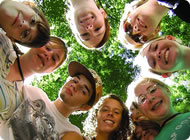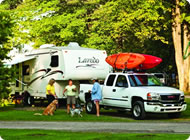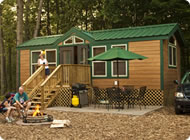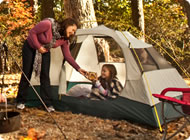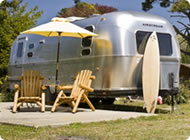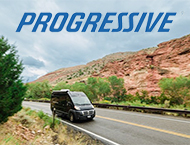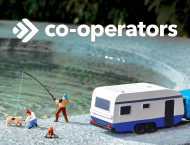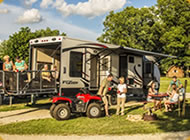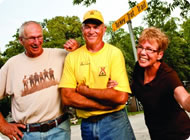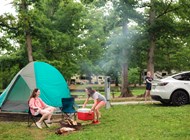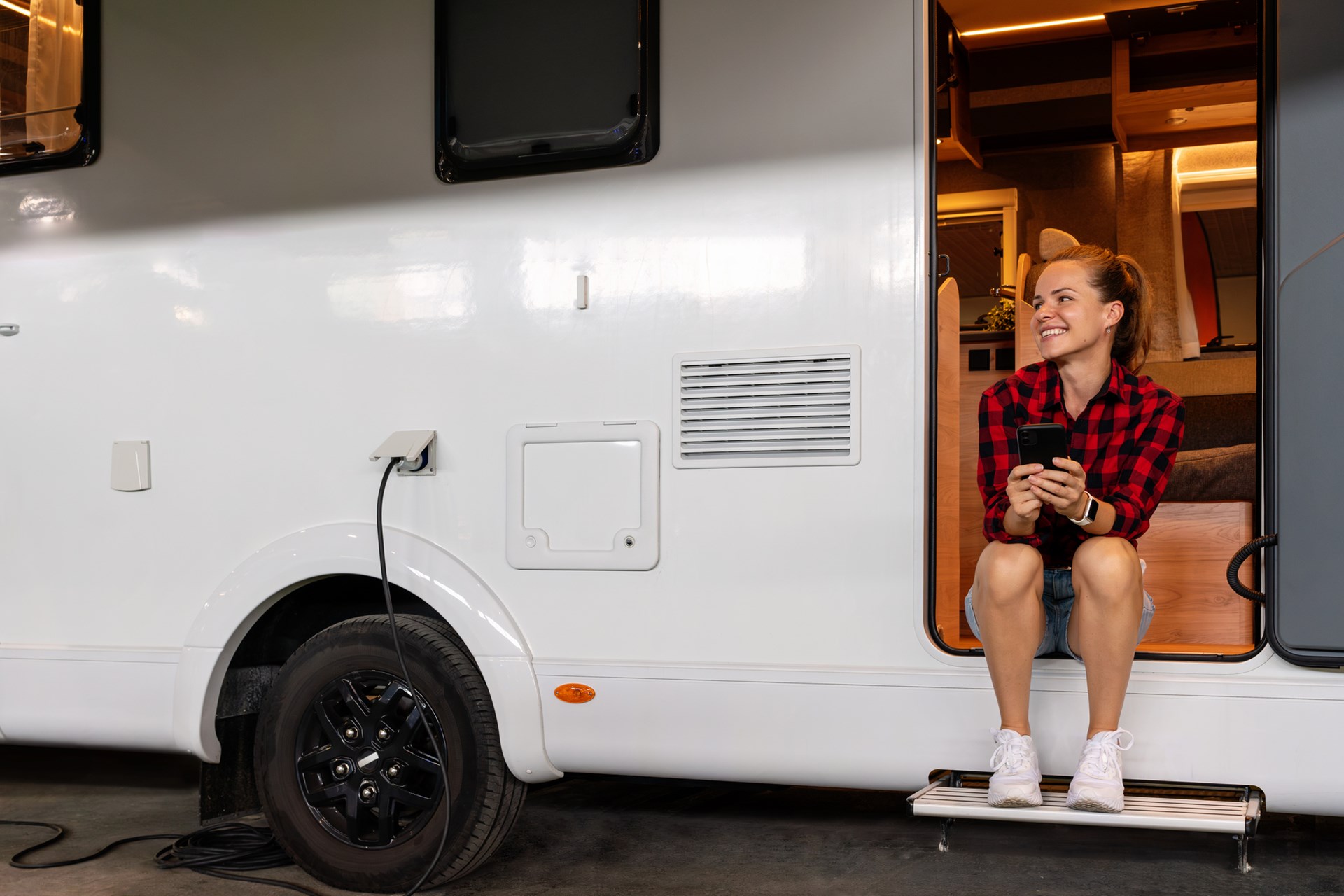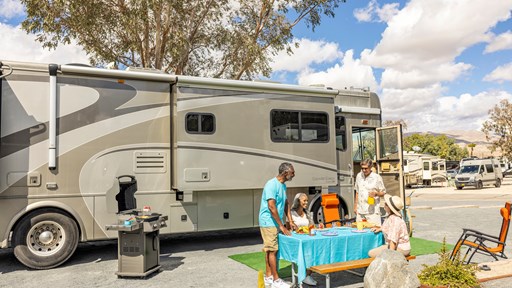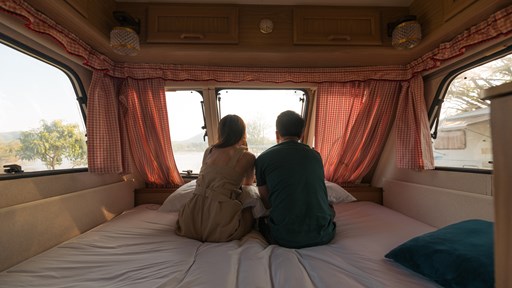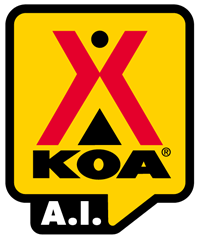Your RV electrical system provides the power to create an enjoyable camping experience, from keeping your food cold to powering your late-night movie marathon. Because of its vital role, it needs to operate smoothly.
As a first-time RV owner or an electrical beginner, you may want to know what is beneath the surface of your RV’s electrical system. This knowledge allows you to do some general troubleshooting and minor repairs. You can also maintain electrical safety as you operate the power.
Types of RV Electrical Systems
RVs typically get power from two electrical systems:
- 12-volt direct current (DC): This system runs on one battery or several. It powers the water heater, furnace and fridge startup, among other things like lights.
- 120-volt alternating current (AC): The power for this system comes from the RV electrical hookup or generator. It runs daily-use items like kitchen appliances, TVs and other large electrical appliances.
The battery is a single 12-volt or two 6-volt in a series circuit. An RV with two batteries has a longer battery life. Your DC system charges when you connect to an outside source (shore power). Even when not connected to a power source, the battery can run things that require less electricity.
An inverter can convert the 12-volt DC to 120-volt AC to run more powerful appliances or dry camp, which involves camping without an electrical connection. While the inverter allows you to run more powerful appliances, you will need additional batteries and solar to run electrical for extended time periods without connecting to an outside source.
RVs come with a power cord that is either 30 or 50 amps to connect to external power. The 30-amp cord has three prongs, while the 50-amp has four. If you have a 50-amp connection, use an adapter to plug into a 30-amp or 20-amp hookup. A 30-amp cord can connect to a higher-amp outlet. It just won’t use the additional leg.
RV Electrical Components
An RV electrical installation contains various components, including:
- Electrical panel: Like the panel in a home, this is the central hub for managing electrical distribution. It contains all the breakers or fuses.
- Fuses and circuit breakers: These safety devices protect electrical systems from overloads and short circuits.
- Batteries: These devices store chemical energy, transforming it into electricity for your RV’s DC power.
- Wiring: The wiring connects to various parts of your RV to direct power from your DC and AC inputs.
- RV cord: This line connects the RV to external power and comes in 30- and 50-amp varieties.
- Converter: This device converts 120-volt AC from the shore power into 12-volt DC power to charge your battery and power systems that require 12-volt power.
- Battery disconnect switch: This switch allows you to cut off the main RV circuit from your battery. It is usually located near the battery inside the battery compartment or in a nearby maintenance bay.
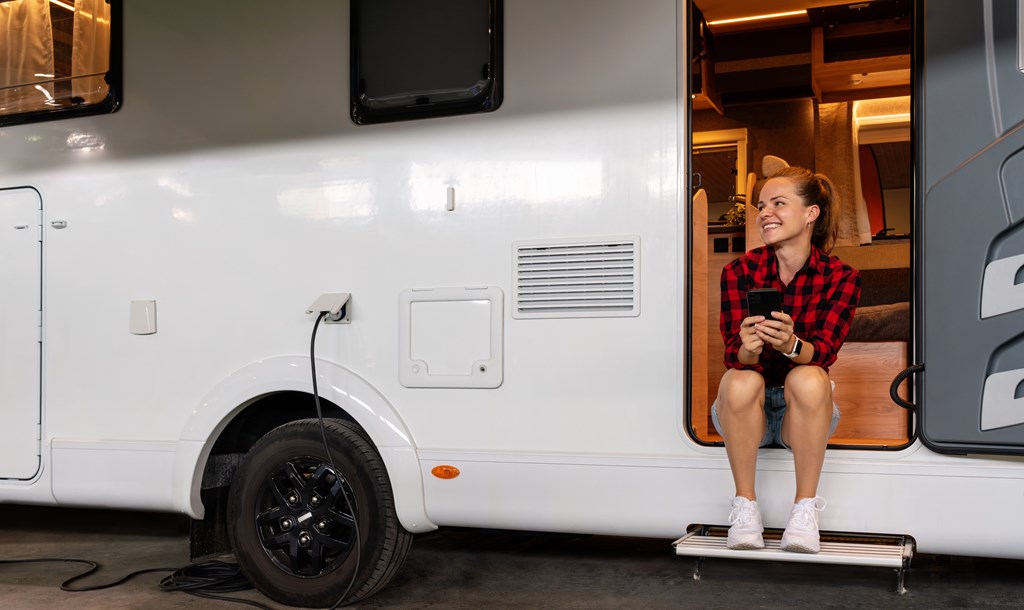
RV Electrical Safety
Like any electrical system, an RV power supply can cause dangers such as electrocution and fire. Practice electrical safety to lower the threat. Here are some general tips and guidelines for hooking up your RV safely.
General Electrical Tips
Whether you are wiring an RV or performing electrical maintenance, follow general electrical safety measures like turning all power off and treating wires as if they are live. Other tips include:
- Learn the system: Use an RV wire diagram or other resources to learn about your electrical system, especially the location of the electrical panel.
- Use the right equipment: Do not try to plug a 30-amp cord into a residential dryer outlet.
- Pay attention to electrical usage: Too much power drawn at once can lead to electrical circuit overload.
- Monitor your battery: A battery monitor prevents you from over-discharging or undercharging your battery.
- Seek professional help: If you feel ill-equipped to deal with an issue, seek safety advice from an expert.
Connecting Your RV
When connecting your RV, use the best RV surge protector you can afford to protect your electrical components, and follow these tips:
- Test the hookup with a polarity tester.
- Switch your RV’s electrical and the electrical pedestal off.
- Power off anything connected to interior outlets.
- Plug in your RV.
- Turn on the power.
Turn off all power before unplugging your RV, too.
Common Electrical Issues
As an RV owner, you may face situations where electrical issues cause power loss, flickering lights or other effects. Knowing the common electrical problems allows you to diagnose and fix them. Here are a few situations to look for:
- Tripped circuit or blown fuse: When power stops in a particular area within an RV, check your electrical panel and address any tripped circuits or blown fuses. This issue typically indicates that you are drawing too much power.
- Dead batteries: Without shore power, dead batteries might cause electricity loss. Problems with battery connections or charging may also cause electrical issues.
- Inverter or converter issues: If your inverter is having a problem, check basic electrical components like the clock and microwave. Also, determine if the battery disconnect is in the “on” position or if any fuses are blown.
- Poor grounding: Poor grounding may cause flickering lights or malfunctioning electronics. If any electrical issues occur, inspect the grounding connections to ensure they are clean and tight.
- Wiring issues: You will need to know how to wire an to fix wiring problems RV. Faulty wiring may cause burning smells or intermittent power loss. The solution involves inspecting RV wiring for damage, loose connections or corrosion and replacing it as needed.
RV Electrical Maintenance
Electrical maintenance allows you to catch minor electrical issues before they become more significant. Here are a few maintenance tips:
- Confirm that all lights work properly so you can drive or tow your RV legally and ensure there is a good connection between the truck and trailer.
- Check batteries and connections for damage, corrosion, dirty parts and sufficient charge.
- Inspect visible camper wiring and connections, including your power cord, for wear, fraying and loose connections.
- Test circuit breakers and fuses, and replace any blown fuses.
- Clean electrical contacts like plugs, sockets and connectors to create smooth power flow.
- Check the converter to ensure it provides the correct voltage to the 12-volt system.
Your RV owner’s manual may include further electrical maintenance recommendations and troubleshooting tips. It is also an excellent place to start learning how to wire a camper. If you perform maintenance, document it for future reference.
Why Trust Kampgrounds of America?
KOA instructional articles provide in-depth information about RVs, ownership and repair needs. The advice comes from knowledgeable professionals, whether long-timer campers or experienced RV repair technicians. As you learn about RV electrical components, KOA is a seasoned information source. Discover everything from the basics of RV electrical connections to how to keep the electrical system in top shape.
Beyond the commitment to each educational resource, KOA cares about supporting RV owners and other campers. Dedicated team members at the campgrounds work hard to create an enjoyable camping experience.
KOA has been serving the camping industry since 1962 and operates a network of over 500 campgrounds throughout North America.
Bring Your RV to KOA
Once you learn the basics of RV electrical wiring and maintenance, take your RV on the road and visit a KOA with your RV. Most campgrounds include RV Sites with full electrical hookups to enhance your camping experience. You also gain access to exceptional amenities at most campgrounds to enhance the value you get at KOA. Explore other RV Site details and reserve your site at a campground today.
About the Author: Kampgrounds of America
Kampgrounds of America is the largest system of open-to-the-public campgrounds in the world, with over 500 locations across the United States and Canada. Founded in Billings, MT in 1962, KOA’s family of campground brands – KOA Journey, KOA Holiday and KOA Resort – today serve more than a million camping families each year. KOA is dedicated to “connecting people to the outdoors and each other” by providing people with a variety of camping experiences and the information they need to make the most of their camping trip. Read more of their camping and travel resources by visiting KOA.com/blog.



